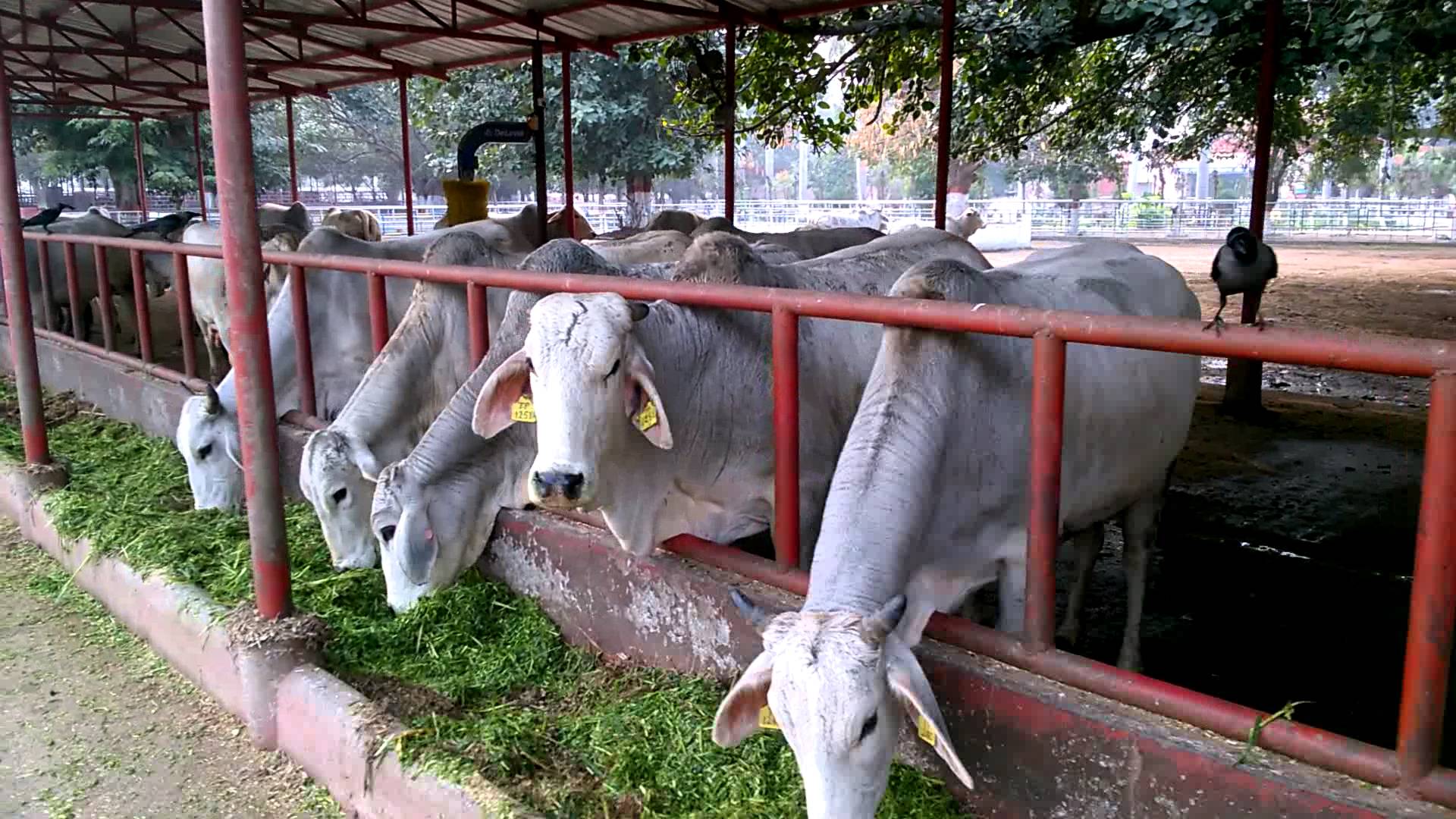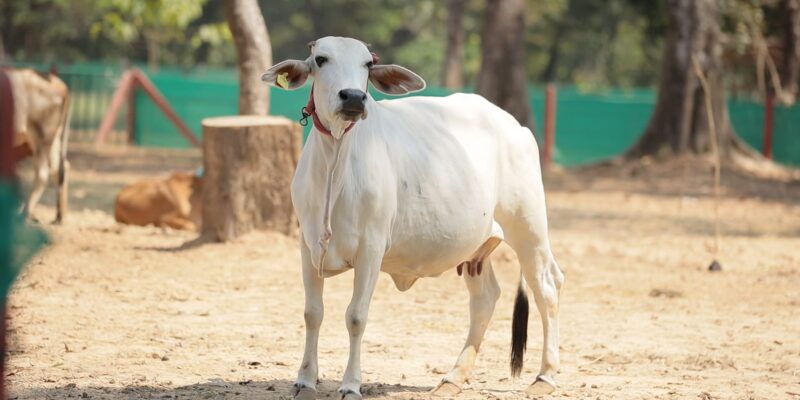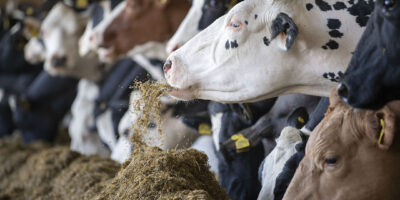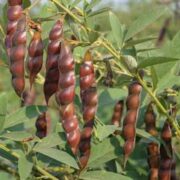Tharparkar Cattle Breed: Tharparkar cattle, a breed originating from the Tharparkar district in Pakistan, are gaining attention for their exceptional qualities and benefits. These cattle are highly preferred by farmers due to their ability to produce up to 3,000 liters of milk per year. The milk of Tharparkar cows is rich in proteins, providing excellent nourishment and energy to the body. In addition to high milk yields, these indigenous cows also offer significant advantages to farmers through their drought-resistant characteristics.
Farmers in regions like Jaisalmer and Jodhpur in India have found immense economic value in rearing Tharparkar cattle. Originating from the western regions of Sindh in Pakistan, these cows have adapted well to the arid climate of regions like Barmar, Jaisalmer, Jodhpur, and Kach. Their small yet sturdy build, wheatish-golden coat, and remarkable strength make them highly prized.
Also Read: Biofloc Fish Farming: Dive into the World of Modern Fish Farming

Tharparkar Live Stock
Tharparkar cattle have even caught the attention of the Singh family in Jaisalmer’s rural village. The Singh family has been passionately involved in conserving and protecting Tharparkar cows, offering shelter and care to these animals. Currently, they have around 60 Tharparkar cows, and their annual milk production is in the thousands.
The benefits of Tharparkar cattle go beyond just milk. These cows are known for producing A2 milk, which contains omega-3 fatty acids and other nutrients. The milk is considered highly beneficial for human health. Tharparkar cows typically produce milk for about 300 days, amounting to approximately 3,000 liters during that period. This milk is known for its excellent quality and nutritional content.
The adaptability of Tharparkar cattle is remarkable. They can give birth to calves around 15 times during their lifespan of 60 years. These cows adjust their reproductive cycle according to the environmental conditions, be it hot summers, cold winters, or monsoons. Due to their low maintenance costs and high yield, farmers like Singh have found that Tharparkar cattle are both economically and environmentally advantageous.
Tharparkar cows primarily feed on crops like barley, maize, wheat, sorghum, and millets, ensuring a steady supply of nutrient-rich milk. With their distinctive characteristics and impressive milk production, Tharparkar cattle have become a valuable asset for farmers in arid regions, providing not only sustenance but also economic prosperity.













